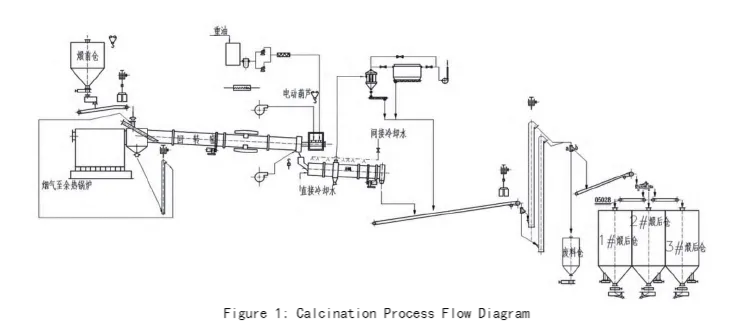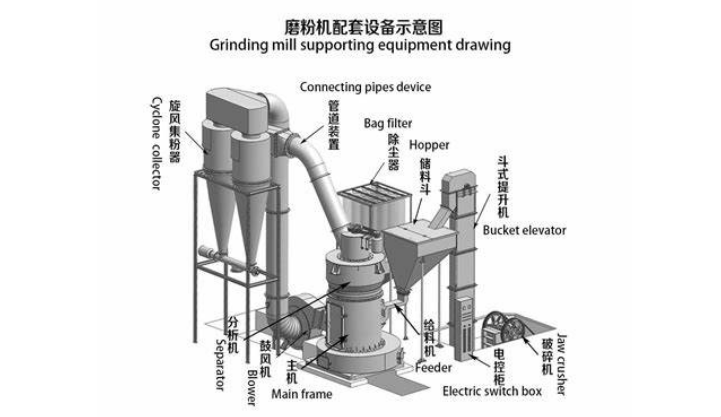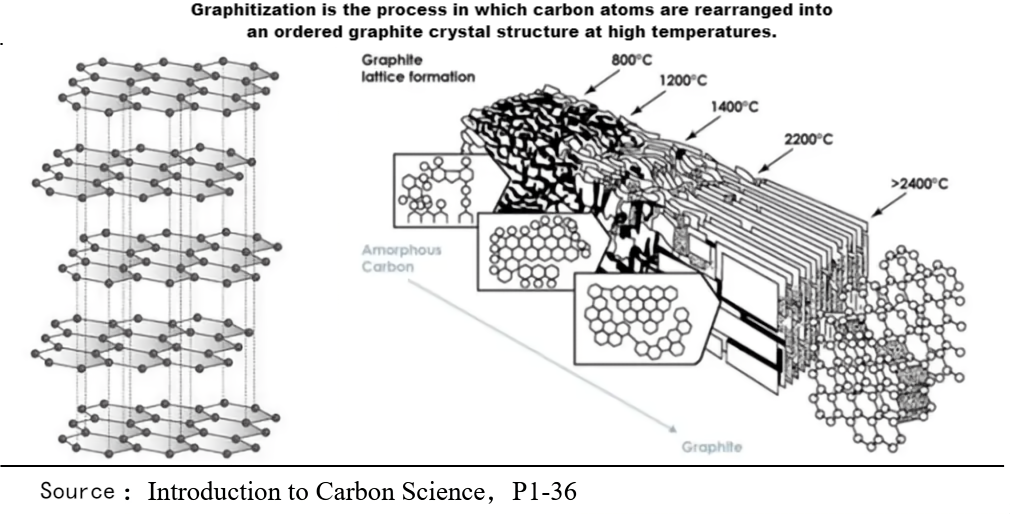【Preparation Process】The Magical Transformation of Calcined Petroleum Coke into Graphite Electrodes

【Preparation Process】The Magical Transformation of
Calcined Petroleum Coke into Graphite Electrodes
Calcined petroleum coke (CPC) is a product derived through distillation, where light and heavy oils are separated from crude oil, followed by thermal cracking of the heavy oil. It appears as irregularly shaped black chunks or granules with a metallic luster. CPC has a porous structure, with carbon as its main element (around 80%), and contains hydrogen, oxygen, nitrogen, sulfur, and metallic elements in smaller quantities.
CPC, depending on its quality, is used in graphite manufacturing, smelting, and the chemical industry. Low-sulfur, high-quality calcined coke, such as needle coke, is primarily used for manufacturing high-power graphite electrodes and certain special carbon products. Medium-sulfur, standard calcined coke is widely used in aluminum smelting. High-sulfur, raw coke is used in chemical production, such as for manufacturing calcium carbide and silicon carbide, and also as fuel in metal casting.
How Does Calcined Petroleum Coke Become Graphite Electrodes?
Step 1: Calcination
First, the petroleum coke undergoes calcination. During this process, the coke is baked at high temperatures, altering its properties to make it more suitable for subsequent grinding and chemical reactions. The calcined coke becomes loose, easy to grind, and its reactive properties are enhanced.

Step 2: Grinding Process
Next, the grinding stage is one of the key steps in transforming CPC into graphite electrodes. Specialized grinding equipment is used to pulverize the calcined coke into fine powder. The precision of the grinding process directly affects the effectiveness of subsequent chemical reactions and the quality of the graphite electrodes. The grinding machine's parameters and operating conditions must be controlled to ensure the powder's fineness and uniformity.
The commonly used grinding equipment includes vertical mills and Raymond mills, which are environmentally friendly, efficient, stable, and suitable for a wide range of applications.

Step 3: Chemical Reaction
Finally, the chemical reaction stage is the last step in converting CPC into graphite electrodes. During this process, the fine powder of calcined coke reacts with an oxidizing agent at high temperatures, causing the carbon atoms within to rearrange and form a stable graphite structure. This chemical reaction must be carried out under specific conditions to ensure that the graphite electrodes' structure and performance meet the required standards.

Through the steps described above, we can see the importance and application of CPC in the production of graphite electrodes. As a raw material for graphite electrodes, CPC has a wide source and stable supply. Its unique properties and chemical reaction characteristics make it an ideal choice for manufacturing high-performance graphite electrodes. Graphite electrodes have broad application prospects in electrolysis, metallurgy, chemical industries, and are crucial for industrial production and technological advancement.
Feel free to contact us for further guidance on calcined coke technology. Our team is dedicated to providing you with in-depth insights and tailored assistance to meet your needs. Whether you have questions about product specifications, market trends, or pricing, we are here to help.
No related results found








0 Replies